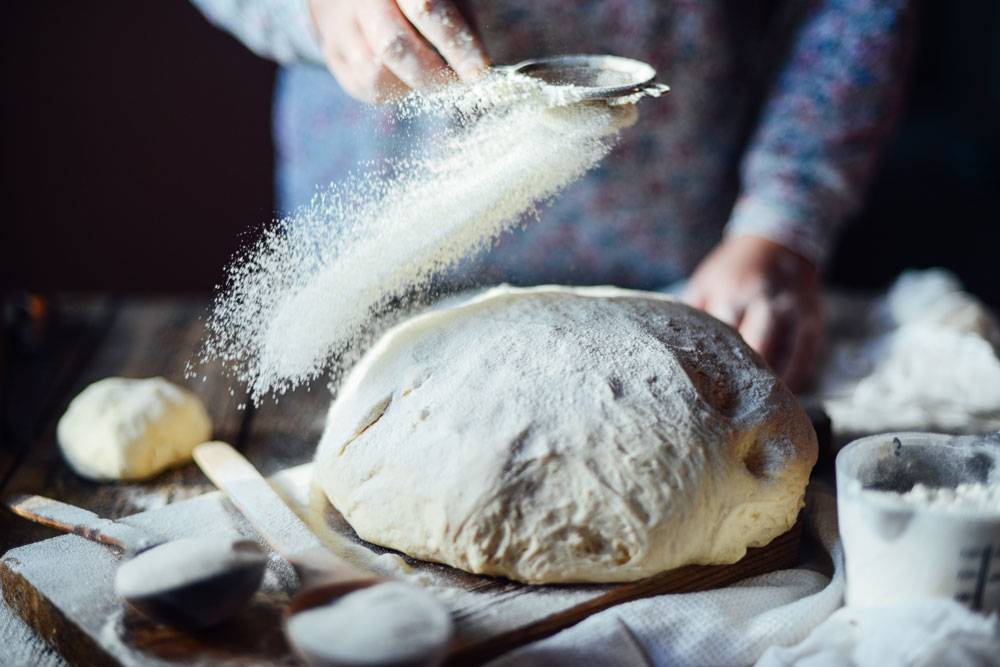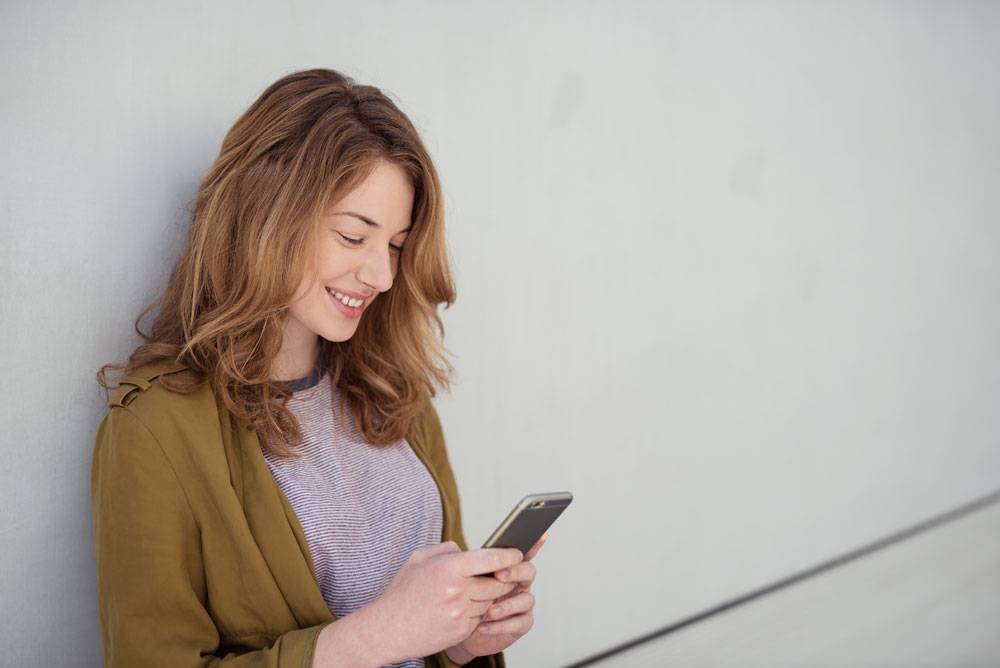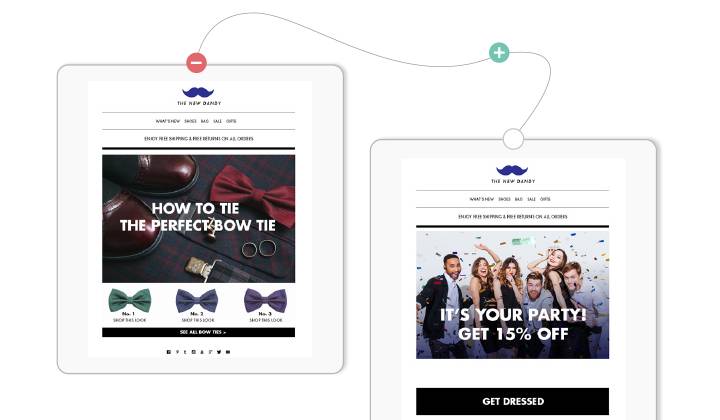3 B2C Flows to Promote a Great Customer Experience
The customer experience is your bread and butter. You need to knead the dough to perfection

The reality is that even though your product might be the best thing since sliced bread; your success is determined by your customers. So, how can marketing automation create a great brand experience that keeps the conversation going throughout the customer lifecycle? We'll deliver the answer!
Even though marketing automation reduces manual labour, decreases marketing overhead and increases your sales productivity, the true power lies in its relevance. How? By delivering the right content to the right person at the right time – across all devices.
Does it sound complex? As we're about to show you, even the simplest flows can deliver the most spectacular results.
Welcome Flow: Ride the Tide of Engagement
An opt-in is the greatest gift you can receive. Even though the act itself might seem minor in the massive digital-marketing picture, the psychological behaviour behind it is far from.
In reality, an opt-in to receive promotional material such as a newsletter is symptomatic of a build-up of engagement. Through a variety of touchpoints, a person became attracted to your brand or felt a need for your products or services.
As a marketer, it’s your responsibility to seize the opportunity and make the most out of the newfound interest and engagement. A perfect way to ensure a response to their hello, is a welcome email that acknowledges their presence.
However, to continuously monitor opt-ins and manually send out welcome emails is no small feat. The helping hand? Marketing automation. Through behavioural triggers, your welcome emails are automatically sent out to your new subscribers with timely relevance.
But how does it work? We painted a full inspirational picture in our B2C marketing automation whitepaper, but an easy – yet efficient – example is to:
- Create a form to gain consent and collect demographic data.
- Create a welcome letter with the form as a behavioural trigger.
- Set a timer to send out a follow-up email.
With this (perhaps surprisingly) quick configuration, you’ll be able to make the most out of your subscriber’s newly found interest – with little manual effort.

Post-Purchase Flow: Send the Customer Lifecycle into an Infinite Loop
Once a customer has been swayed by your branding, product assortment, pricing or whatever USP that tipped the scale towards a sale; they’ll keep an extra eye out for you.
Even though it might be easy to assume that the customer lifecycle ended at purchase; the reality is that your customer experience goes way past the final purchase decision.
As a matter of fact, a post-purchase email is the perfect opportunity to take your relationship to the next level. How? By reminding the customer of your presence and strengthening your position in their consciousness with personalised product recommendations, vouchers or an invitation to your loyalty programme. For example:
- An order confirmation email is sent out.
- A post-purchase email is sent out with an invitation to join your loyalty club.
- Converting customers are automatically added to your flow for loyalty members.
Replenishment Flow: Customer-Orientation Leads to Retention
Do you sell consumable goods such as lenses or ink cartridges? In that case, a replenishment flow might be the revenue lifesaver that turns the customer lifecycle into an infinity loop.
How? By calculating the average consumption period of your goods, you’ll be able to set timers that remind your customers that they need to replenish – before they realise it themselves.
That way, they receive a relevant and service-minded reminder that their products might be on the low, while you place yourself in their consciousnesses as the convenient and obvious choice for a return purchase. Win/win!
- A purchase triggers the flow.
- A timer is set for a certain amount of time, depending on the product’s average consumption period. For example:
a.) Set 25-day timer for a 30-day lens package.
b.) Set a 60-day timer if the average consumption of ink is 80 days. - The email reminder goes out when the timer hits zero and the customer is likely to need to fill up on certain consumable goods.
We’ve led you through three flows throughout three stages of the customer lifecycle. Want some more inspiration with four more detailed flows?
Grab your copy of our handbook with 7 Killer Flows for B2C!
